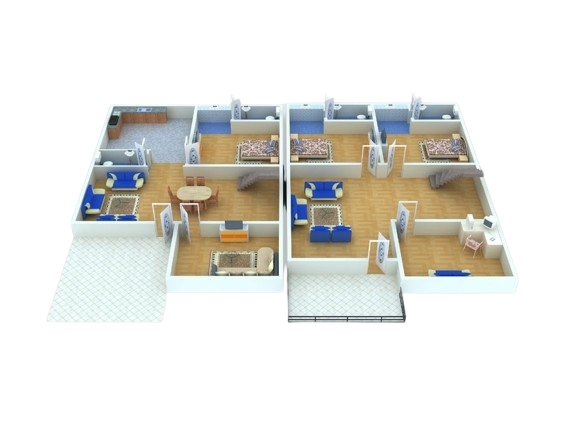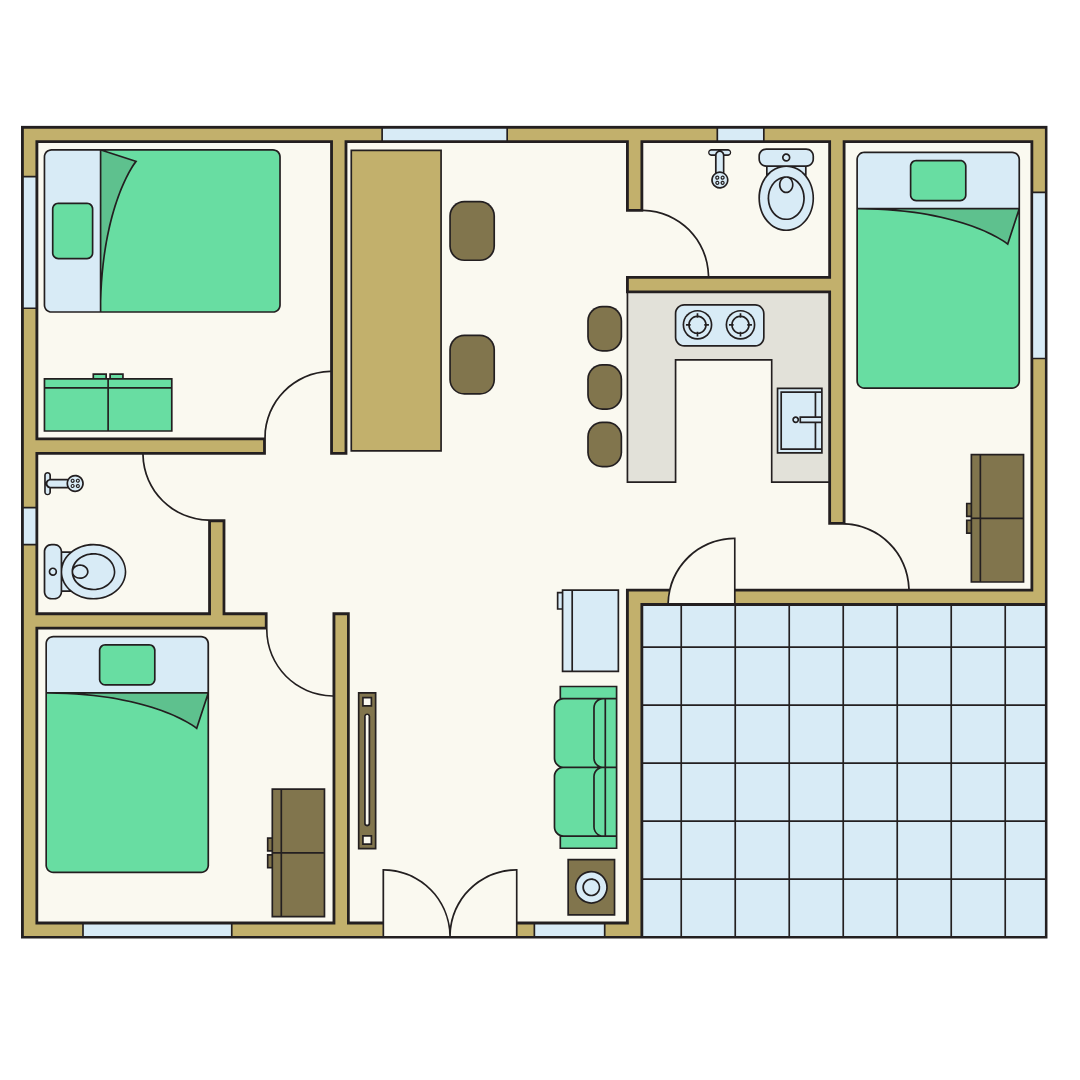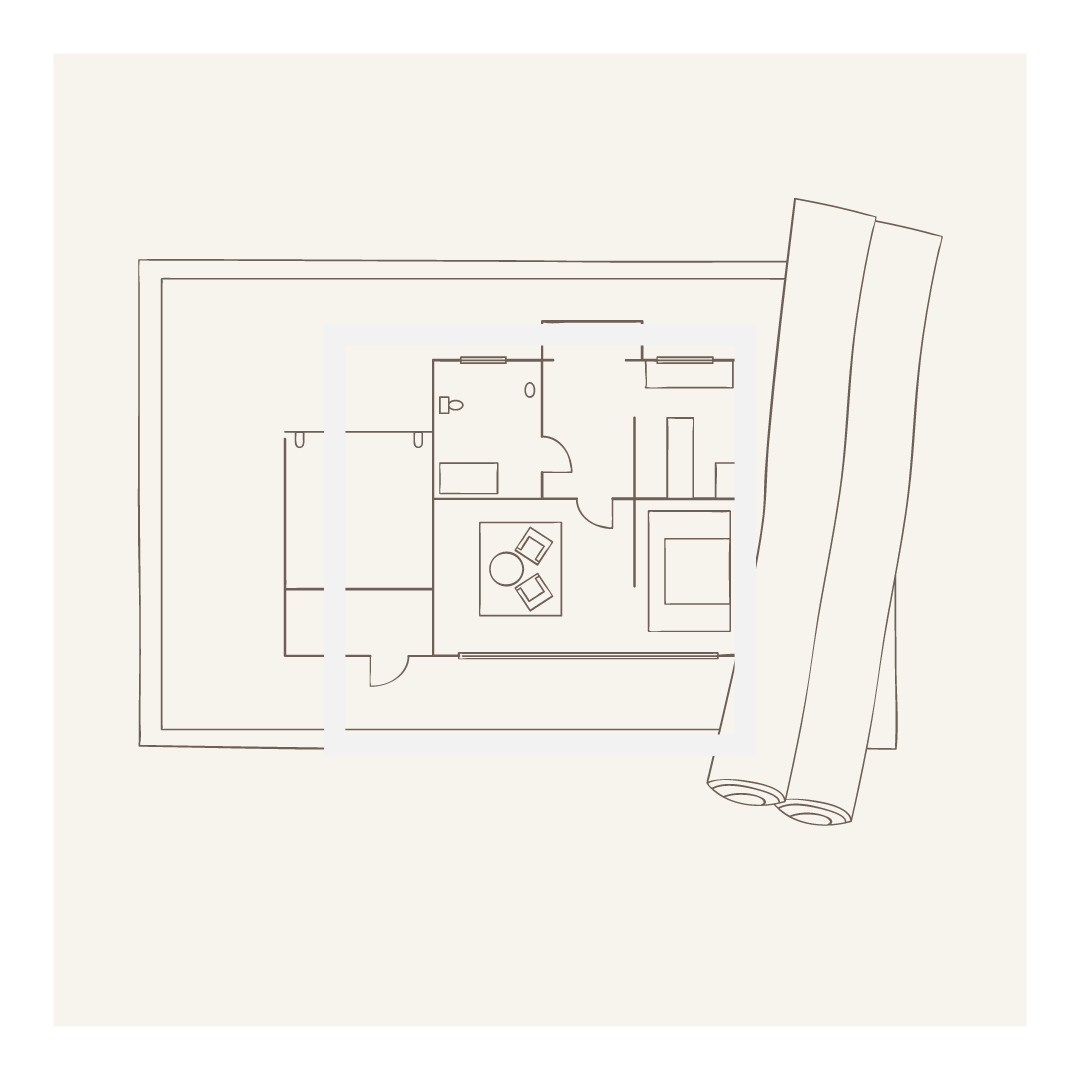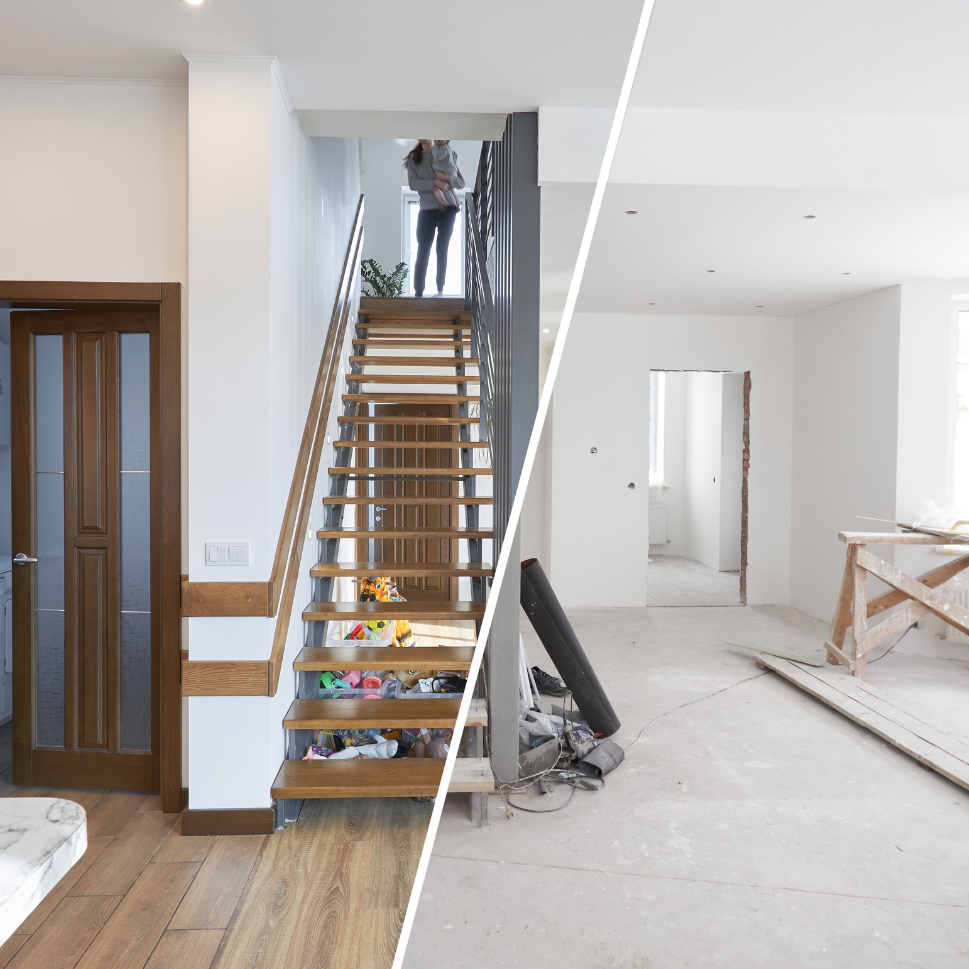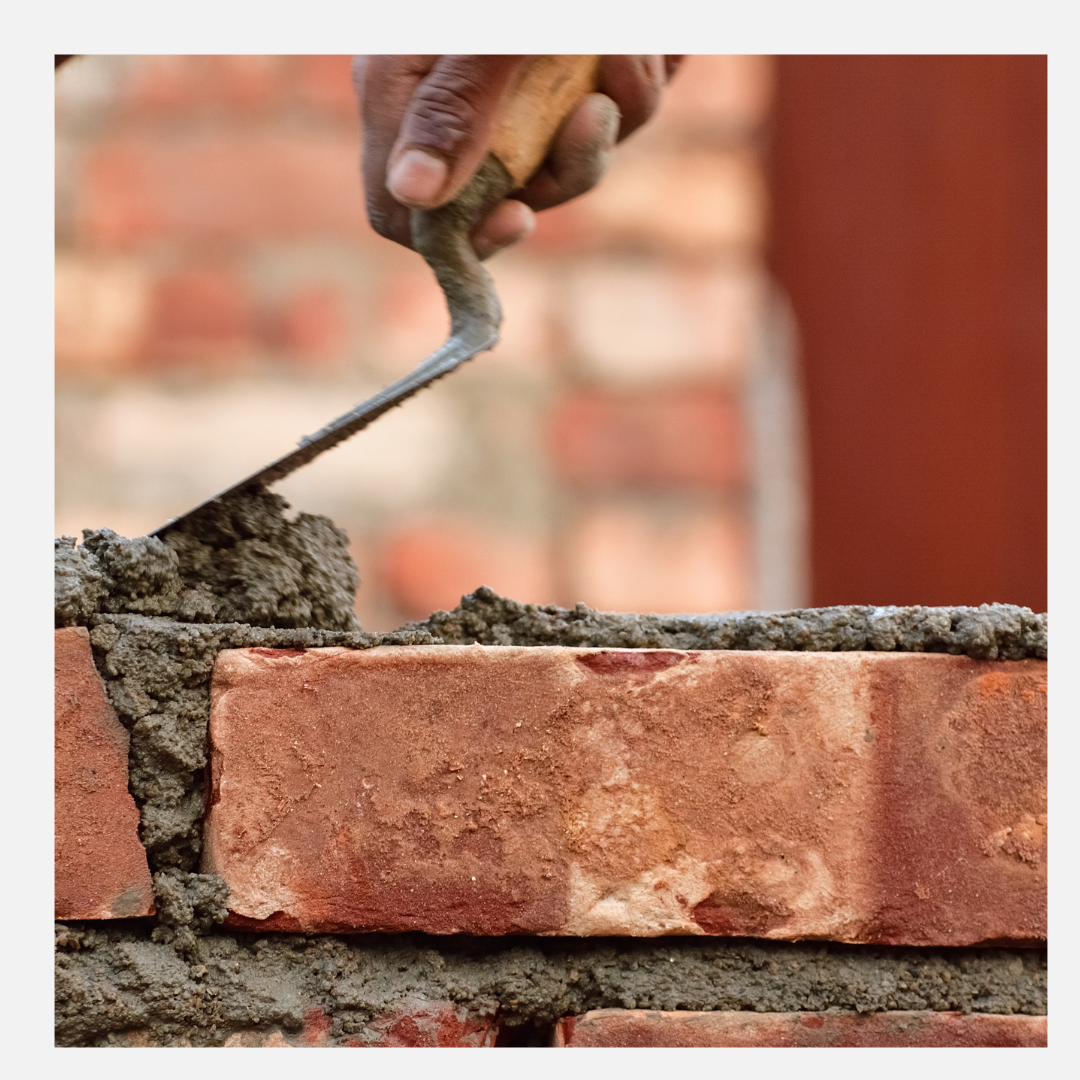
10 Key Factors for New Home Construction in India
Constructing a new home or villa in India is a big decision for a homeowner and it involves careful planning, a keen understanding of the local context, and meticulous execution. From choosing the right location to selecting materials that suit the local climate, each step requires thoughtful consideration. In our blog, we will take you through the critical factors you must consider when embarking on the construction of a new home or villa.
- Architectural Design
- Climate-Responsive Design: India's diverse climate requires designs tailored to the local weather. In hot and humid regions, designs should maximize ventilation, while in colder areas, insulation and heating solutions are essential.
- Vastu Shastra Considerations: Many Indians consider Vastu Shastra, an ancient architectural practice, when designing their homes. It involves aligning the house with natural forces to ensure harmony and prosperity.
- Space Planning: Efficient use of space is critical. Ensure that the design includes ample storage, utility areas, and accommodates future expansions.
- Location and Land Selection
- Proximity to Amenities: Ensure the location is close to essential services like schools, hospitals, shopping centers, and public transport. This enhances convenience and can significantly increase property value.
- Soil Quality and Topography: Conduct a soil test to determine the soil’s load-bearing capacity. The topography should also be assessed to ensure proper drainage and to avoid flood-prone areas.
- Legal Clearances: Verify the land title and ensure there are no legal disputes. Check for necessary approvals from local authorities, such as land use permissions and zoning regulations.
- Sustainable and Eco-Friendly Practices
- Energy Efficiency: Incorporate energy-efficient designs and appliances. Consider solar panels, LED lighting, and energy-efficient windows.
- Water Conservation: Implement rainwater harvesting systems and greywater recycling. Installing low-flow fixtures can also help reduce water usage.
- Eco-Friendly Materials: Use sustainable building materials like bamboo, recycled steel, and fly ash bricks. These materials not only reduce the environmental footprint but can also enhance the building's durability.
- Building Materials and Techniques
- Locally Sourced Materials: Using locally available materials reduces transportation costs and supports the local economy. It also ensures that the materials are well-suited to the local climate.
- Construction Quality: Employ skilled labor and ensure that construction follows high standards. Regular quality checks during construction can prevent long-term issues.
- Advanced Construction Techniques: Consider modern techniques like prefabrication and modular construction which can speed up the process and reduce waste.
- Budget and Financing
- Detailed Budgeting: Prepare a detailed budget that includes all possible expenses such as land cost, construction, interiors, and contingencies. This helps in managing funds efficiently and avoiding unexpected costs.
- Financing Options: Explore various financing options like home loans, which are offered by numerous banks and financial institutions in India. Compare interest rates and terms to find the best deal.
- Cost Overruns: Always allocate a portion of your budget for unexpected expenses. Cost overruns are common in construction projects due to unforeseen challenges.
- Regulatory Compliance
- Building Codes and Standards: Adhere to local building codes and standards. This includes structural safety, fire safety, and accessibility standards.
- Environmental Regulations: Ensure compliance with environmental regulations such as waste disposal and noise control. Obtaining environmental clearances might be necessary for larger projects.
- Occupancy Certificates: After construction, obtain the necessary occupancy certificates from local authorities which confirm that the building is fit for use.
- Technology Integration
- Smart Home Systems: Implement smart home systems that allow remote control of lighting, security, and climate control. These systems can improve convenience and energy efficiency.
- Security Systems: Install advanced security systems including CCTV, motion sensors, and alarm systems to ensure the safety of the residents.
- Internet and Connectivity: Ensure that the home has robust internet and network infrastructure to support the increasing demand for connected devices and remote work.
- Interior Designing
- Ergonomic Design: Prioritize ergonomic design in furniture and layout to ensure comfort and well-being.
- Material Selection: Choose durable and easy-to-maintain materials for interiors. Natural materials like wood and stone can provide a timeless appeal.
- Aesthetics and Personalization: The interior design should resonate with the homeowner’s style and preferences. Incorporating elements like custom-built furniture and personalized décor can make the space truly unique.
- Landscaping and Outdoor Spaces
- Gardening and Green Spaces: Plan for landscaped gardens, lawns, and possibly a kitchen garden. Green spaces not only beautify the home but also contribute to a healthier environment.
- Outdoor Living Areas: Consider including outdoor living spaces like patios, decks, and terraces. These areas provide additional space for relaxation and entertainment.
- Water Features: Water features like fountains and ponds can add a serene element to the landscape. However, they should be designed keeping water conservation in mind.
- Future-Proofing
- Flexible Design: Incorporate flexible spaces that can adapt to changing needs, such as home offices or additional bedrooms.
- Upgradability: Ensure that the infrastructure (electrical, plumbing, etc.) can accommodate future upgrades and technological advancements.
- Sustainability: Plan for future sustainability measures like additional solar panels or energy storage systems.
A well-thought-out design is crucial for the functionality, aesthetics, and sustainability of the home.
The first and foremost factor to consider is the location. The choice of location impacts not just the lifestyle but also the financial and environmental aspects of the home.
Sustainability is increasingly becoming a priority in home construction.
The choice of materials and construction techniques has a profound impact on the home’s longevity and maintenance.
Financial planning is a crucial aspect of home construction.
Ensure that the construction complies with local laws and regulations.
Integrating modern technology can enhance the comfort and efficiency of your home.
The interior design should reflect personal preferences while being functional and sustainable.
Well-designed outdoor spaces enhance the overall appeal and utility of the home.
Prepare your home for future needs and technological advancements
Conclusion
Constructing a new home or villa in India is a complex process that requires careful consideration of various design and construction factors. From selecting the right location and materials to incorporating sustainable practices and futureproofing the design, each step plays a critical role in the success of the project. By paying attention to these key aspects, homeowners can create a beautiful, functional, and sustainable living space that meets their needs and stands the test of time.

